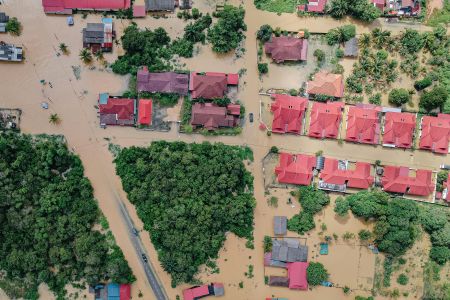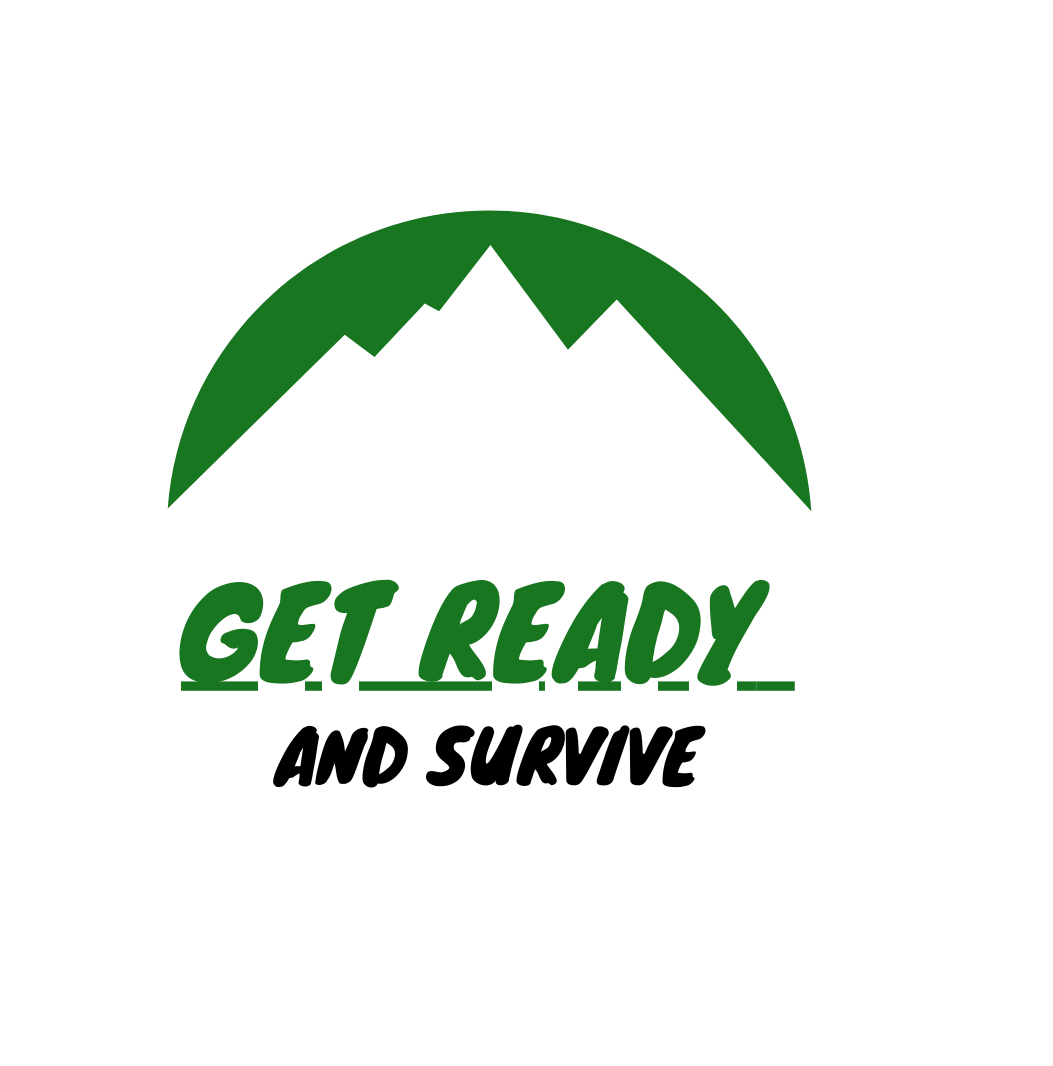Floods can leave communities in disarray, and even after the waters recede, safety should remain a top priority. Here are some essential tips to help you navigate the aftermath of a flood safely.
1. Assess the Situation Carefully
Before venturing out, ensure the area is safe. Look for any warnings from local authorities about hazardous conditions. Avoid entering buildings that have been flooded until they have been inspected for structural integrity.
2. Watch for Hazards
Floodwaters can carry debris, sharp objects, and even hazardous materials. Be cautious of:
- Electrical Hazards: Do not enter buildings or walk in water if there are downed power lines or if you suspect the electrical system may be compromised.
- Contaminated Water: Floodwater can be contaminated with chemicals, sewage, or other pollutants. Avoid contact and do not drink untreated water.
3. Clean Up Safely
If you’re returning to your home, take precautions during cleanup:
- Wear Protective Gear: Use gloves, masks, and boots to protect yourself from contaminants.
- Document Damage: Take photos for insurance purposes before you start cleaning.
4. Be Mindful of Mold
Mold can start to develop within 24-48 hours after a flood. To prevent it:
- Dry Out Your Home: Use fans and dehumidifiers to help reduce moisture.
- Discard Contaminated Items: Throw away items that cannot be cleaned, such as carpets, drywall, and insulation.
5. Check for Gas Leaks
If your home was flooded and you suspect damage to gas lines, leave the area immediately and contact your gas company. Do not light matches or turn on any appliances.
6. Stay Informed
Keep up with local news and updates regarding recovery efforts and any additional risks. Follow guidance from emergency management officials.
7. Be Cautious of Wildlife
Floods can displace wildlife, and you might encounter snakes, rodents, or other animals. Stay alert and keep your distance.
8. Seek Medical Attention if Needed
If you experience any injuries or have concerns about exposure to contaminated water, seek medical help promptly.
9. Reach Out for Support
The emotional toll of a flood can be significant. Don’t hesitate to reach out to local support services, counselors, or community groups. Talking about your experiences can help with the healing process.
10. Prepare for Future Floods
Once recovery efforts are underway, consider taking steps to prepare for future flooding. This might include:
- Creating an Emergency Plan: Make sure you have a plan for evacuation and communication with loved ones.
- Elevating Utilities: If possible, elevate utilities and appliances to reduce flood risk in the future.
- Staying Informed About Flood Zones: Know the flood risks in your area and monitor weather forecasts.


